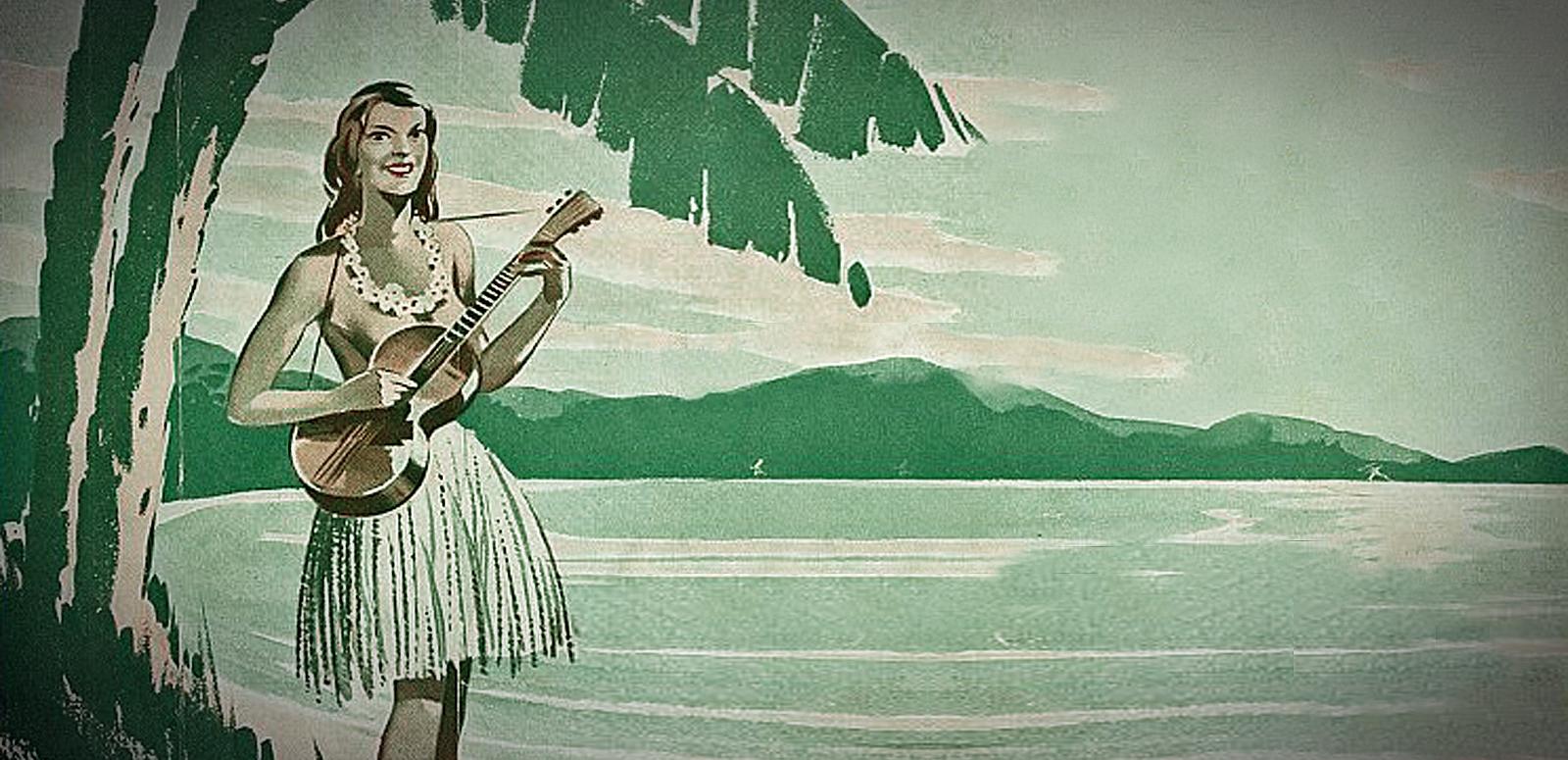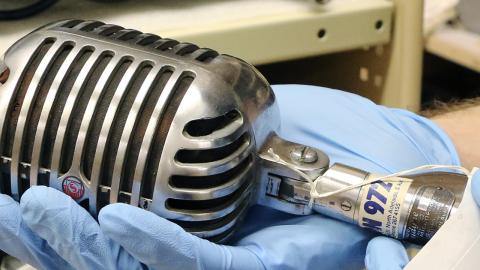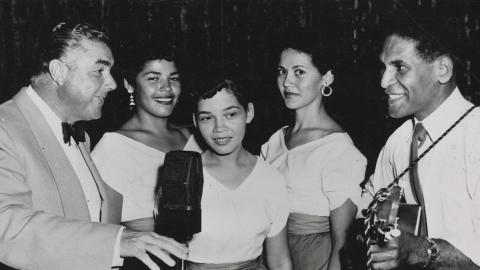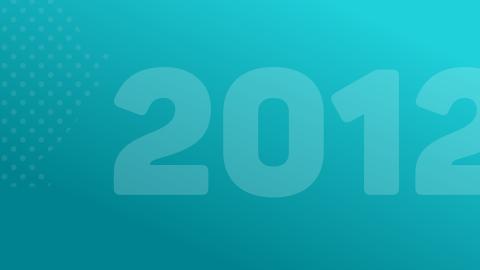

Hawaiian Music in Australia
Hawaiian Music in Australia
Hawaiian music had a burst of popularity in Australia with a string of recordings made between 1926 and 1955.
In 1924 Hawaiian musician and entrepreneur Ernest Ka’ai toured a show called 'A Night in Honolulu' through EJ Carroll’s chain of theatres around Australia. This was Australian audiences’ first exposure to Hawaiian music, actually performed by Hawaiians, and the show was a hit.
Ka’ai toured another show in 1926 and several of the performers made the first recordings of Hawaiian music in Australia over the next few years as part of the newly emerging Australian record industry.
The popular style of Hawaiian music was a blend of traditional or recently written songs from Hawaii and songs from commercial songwriters composing in the style of the original music but with English lyrics. The music was distinctive in its use of the ukulele and the steel guitar as accompaniment and the playing of these instruments gained wider acceptance in Australia as a result.
The National Film and Sound Archive of Australia acknowledges Australia’s Aboriginal and Torres Strait Islander peoples as the Traditional Custodians of the land on which we work and live and gives respect to their Elders both past and present.


